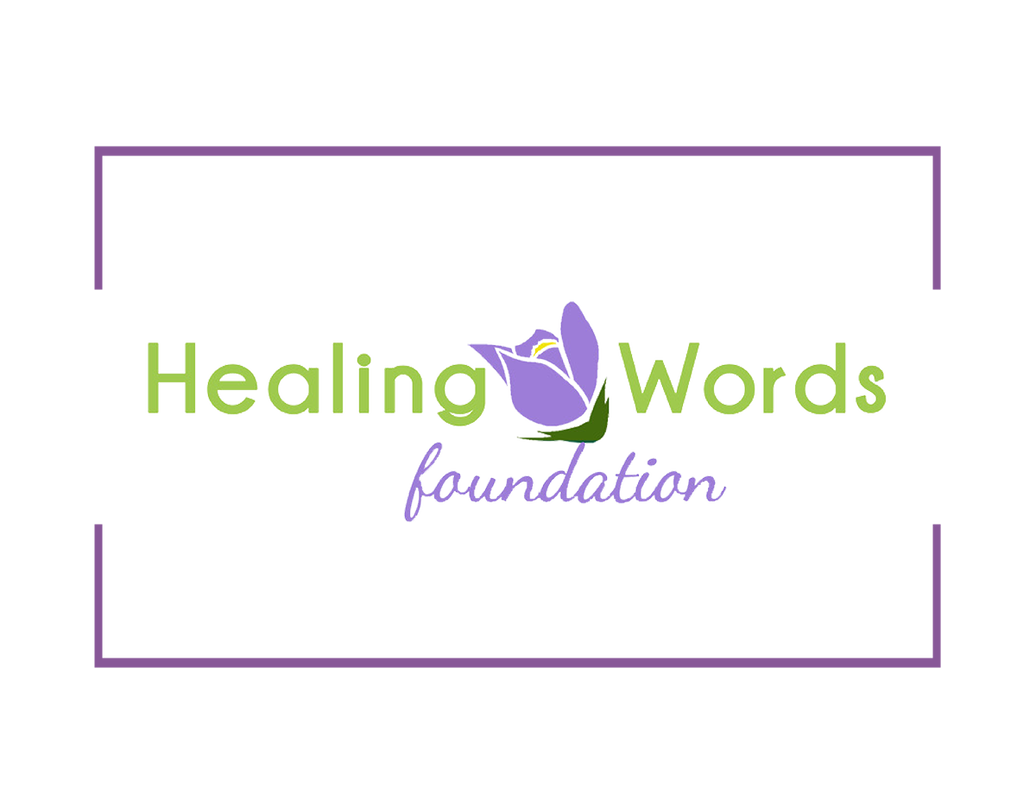|
Prairie Doc Perspective for the week of April 2nd, 2023
“Hindered by pain in your heel?” By Andrew Ellsworth, MD If you have pain on the bottom of your foot at the heel, especially when you take your first steps of the day, you likely have plantar fasciitis. One of the most common causes of foot pain, plantar fasciitis pain can subside with time, but sometimes the pain keeps people from doing what they love, whether that be running, walking, or other pleasures of life. I once saw a young woman suffering from plantar fasciitis who got some relief from an injection. A few years later she returned wanting another injection so she could dance pain-free at her own wedding. The bottom of the foot has thick, white fibers called the plantar fascia. On one end it connects to the heel bone, and on the other the fibers connect to each of the toes. This helps support the foot, tightening as we walk and keeping the arch of the foot elevated like the bowstring maintaining the curve of the bow. Pain can arise from stress on the plantar fascia where it connects to the heel bone, the tuberosity of the calcaneus. This spot, right by the heel on the underside of the foot, can be quite tender to touch when plantar fasciitis is active. It often is most painful when first walking in the morning or after periods of rest. The pain can linger for months or years. Sometimes referred to as heel spurs, on x-ray this spot may show calcifications in the fascia that have formed from years of stress or inflammation. The presence of these heel spurs does not necessarily mean someone will have pain. Some have pain from plantar fasciitis without heel spurs, and some with heel spurs do not have pain. Causes of plantar fasciitis include poor fitting shoes, starting a new exercise routine such as running, obesity, prolonged running or standing, flat feet, and more. The exact cause remains unclear. Initial treatments include avoiding activities that make it worse, stretching exercises that may include pointing the toes upward and stretching the calf muscles, avoiding the use of flat shoes, avoiding walking barefoot, heel shoe inserts, a short term trial of NSAIDs like ibuprofen, or possibly a steroid injection. Later, if needed, molded inserts, night splints, immobilization in a boot or cast, or even surgery may be considered. Thankfully, even without treatment, plantar fasciitis may often go away on its own within a year. Plantar fasciitis may only be a spot on the bottom of the foot, but I do not envy those who are reminded of it with every step. Comments are closed.
|
Archives
July 2024
Categories |
 RSS Feed
RSS Feed


